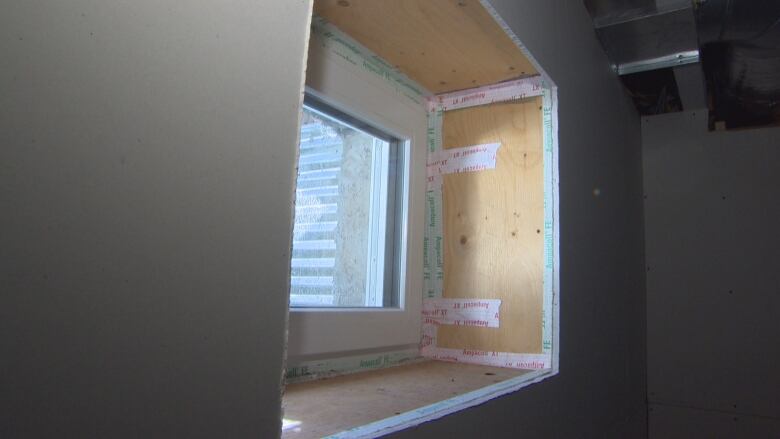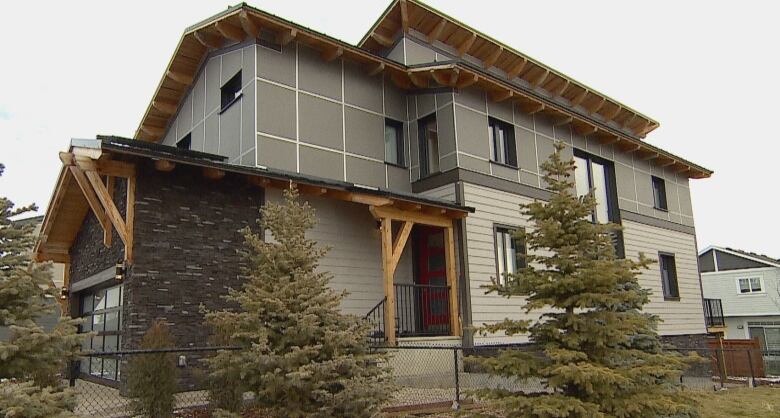Retrofitting a 100-year-old house into a 'passive home'
Garth Hood retrofit his house to be 'passive' and saved $2,750 heating his house this year.

When temperatures soar in New Brunswick, Garth Hood doesn't worry his 100-year-old house will get too hot. He also doesn't worry about the inevitable cold in the winter.
He's retrofitted his house in Gagetown to be a "passive home."
A passive homeis a highly energy-efficient building standard, but it's also a construction concept made to build comfortableand environmentally friendly homes.
Hood is now so passionate about the concept, he's become aconsultant. He'll be teaching a free workshop on passive houses on Saturday in Fredericton, sponsored by theConservation Council of New Brunswick.
"The technical definition of a passive houseis one that all the heating and cooling is supplied to the fresh air ventilation system," Hood said."That means an 80 to 90 per cent reduction in heating energy, and it's all done through things like super insulation, better windows,orientation and good design."
Passive homes need thick walls and can have no air leaks, so windows need to be triple-paned and properly fitted.
In the case of Hood's century old house, hethickened the walls from the outside and left the interior walls untouched.
"We basically justripped off the siding, took out the windows, cleaned up the the boards,the 100-year-old boards, and reattached everything," Hood said. "Then they attachedI-joists, like a 14-inch space, and then that space was filled with cellulose insulation."

Hood estimated he spentaround $40,000 on the renovations. But he'll save on heating bills in the long term, he said, predicting hewill make his investment back within 10 years.
"For us, that's a good investment because we were living our first year at 13 degrees Celsius, and now we can live at 19 degrees Celsius, and it only cost us about $250 a year to heat," he said. "It was close to $3,000 the first year we lived in the house."
Hood said the only heat sourcein the house isa single baseboard heater with a new thermostat.
In addition to his 10-year plan to make back his renovation investment through lower heating bills, he estimated that in 25 years, he'll have an additional $100,000 in the bank, based on his number-crunching.
Hood said houses that need new siding and windows are best for retrofitting into a passive home because those components would be replaced anyway.Houses with good windows will also bring more savings in a retrofit, because it would be one less thing to change.
About a dozen people have registered for the workshop so far, which he considersa good number at a time of year when people aren't thinking about heating their homes.
He said he doesn't need anything for cooling his house on hot days.
"I'll point out that in our house, we don't have any air conditioning and last Saturday we were able to keep the house inside down to 24 degrees Celsius even though it was 34 outside, so I think it helps us in the summer too."
The key to preventing problems from a retrofitis good design.
"There's misconceptions that parts of house will overheat, and it will if it's not properly shaded," he said. "But it's all part of the design process to look at both the heating and the cooling, as well as the overheating."
Registration is required for the workshop, which starts at 1 p.m.at Conserver House on St. John Street.
With files from Shift NB












_(720p).jpg)


 OFFICIAL HD MUSIC VIDEO.jpg)
.jpg)



























































































